Havas has introduced the Conran Design Group network—a new global offering focused on brand and design, leveraging the expertise and talent of Conran Design Group and W, Havas’ leading creative branding agency in France.
The network launch also includes the unveiling of Conran Design Group’s proprietary study, Citizen Brands, a data-driven brand and design framework identifying brands achieving balanced growth.
Established in 1957 by Sir Terence Conran, Conran Design Group is currently led by global CEO Thom Newton, overseeing operations in the UK, US, and India, with studios in London, New York, Paris, and Mumbai.
During his first visit to India in 2024 to launch the agency in Mumbai, Newton engaged in a conversation with Campaign India, sharing insights on the network launch, the decision to launch from India, and key findings from the Citizen Brands report.
Below are highlights from the discussion:
What prompted the launch of this new design network? Is it part of Havas’ ongoing consolidation strategy, and what distinguishes it from being an agency?
The launch is driven by Havas’ integration and consolidation efforts to provide comprehensive services to clients. The network combines design and brand expertise from the Group to form the new Conran Design Group brand, enhancing the global brand and design offerings.
Why did you choose India as the location to announce the network rollout?
India is a crucial market for Conran and Havas, with a strong partnership with Havas India. The energy and collaboration in India made it the ideal place to launch the network, considering the region’s demographics and dynamics.
What are your plans for positioning the brand in the wider APAC region and competing with other design agencies?
Conran aims to position design as a driver for business progress and plans to leverage the Citizen Brands framework globally and in the APAC region. The network’s unified positioning and unique development framework set it apart from other agencies in the region.
Are there any acquisition plans for Conran’s expansion?
Conran plans to harness its existing strengths in the Group and grow organically before considering acquisitions in India, the US, and potentially Latin America. The goal is to create a world-class network of design and brand specialisms in the next few years.
How does the philosophy of the ‘democratisation of design’ align with today’s digital landscape?
The philosophy remains relevant in today’s digital landscape, emphasizing the role of design in creating meaningful engagement and impactful brands amidst the digital noise. Design continues to play a crucial role in influencing and connecting with consumers.
But also in the space of authenticity, in the rise of AI and other technologies, design has a role to play to connect with people and to build authentic brands that are meaningful to people. It’s a big opportunity that’s hugely inspiring, but also hugely relevant today in this changing market.
It’s been now three years since you launched in Mumbai. Can you take us through the growth momentum of Conran Design Group and a few key highlights of the agency in India?
Yes, it’s been exactly three years having launched in 2021. We hired our team all virtually. Obviously, we couldn’t travel for nearly eighteen months after launching, so it was an interesting challenge. And honestly, at the time it felt sort of like a counterintuitive thing to do, to try and start a business when everyone else was closing things and shrinking teams and all that, particularly in the creative services industry. It was a tough couple of years for the industry. But for us, we just thought it was the right time and the momentum became phenomenal.
Within the first six months we got on the radar of some large organisations in the region. We pitched and won Zydus. That was our first client, a significant global piece of business for a very significant organisation and it’s gone from strength to strength.
We feel that our positioning, this idea of drawing on the heritage of Conran back from the ’50s with the influence of design on business and society, harnessing that with a really strong regional local understanding has got us on pitch lists and got us noticed. That translated into work for Tata, Nestle, Coca-Cola, PayU, and now, for Reliance Jewels. We have an enviable client list now in this region within a three-year period.
So, we’re trying to use that as a springboard for further growth, and we were very clear from day one about what our positioning was and the quality of it. We were always conscious we were selling a premium service. This was about real design excellence, about real global capability and we integrated teams across our global regions to deliver that from day one. People are recognising the quality of the work and they’re recognising the mission that we’re on, what we’re trying to deliver in terms of putting design front and centre as a business influencer and a boardroom consideration. And that’s a significant move for any organisation anywhere in the world— that they see design as this strategic influencer and we’re heartened and delighted by that progress. We accept we still have a long way to go. We’re still a small organisation, but we have big plans.
Take us through the purpose of launching the Citizen Brands report, and some of the top insights. What is ‘expectation inflation’ and why should brands care about it?
In terms of the intent behind Citizen Brands, it was to make aware that we had something meaningful and directional at the heart of our offering. And our positioning globally for Conran is designed to inspire progress. Our view on progress is progress is only progress if it’s collective and it moves everyone forward, individual, business and society.
We’ve discovered that brand leaders everywhere are suffering from the effects of what we’ve called ‘expectation inflation’. That is one one hand, about the overinflated, polarised, and sometimes contradictory, expectations to meet consumer demands of product performances and creation of compelling experiences drive growth. And then on the other hand, it’s about meeting all of those expectations of employees, regulators, and wider societal actors, to do right by society and in the context of all of that, meet pressure from investors and shareholders to find new sources of growth.
According to the Citizen Brands study, two-thirds of brand leaders and investors interviewed feel unable to balance profitability with people and planet. 96% said they fear not being seen to be doing enough in response to key societal and environmental issues, while 88% fear being perceived as too ‘woke’. So, how do you propose to help brands achieve a ‘balanced growth’?
What we would say to any of our clients that we work with is that the first thing a brand leader can do is liberate themselves from the myths that growth has to be ‘zero-sum’, it doesn’t have to come down to limiting, or to mismanaging that balance. The second thing we would say more practically is defining what kind of citizen brand you want to be, separating stakeholder expectations from needs because they’re different and then ensuring that you identify those parts of the brand mix that most achieve that balance with the stakeholders you’re working with and prioritising and investing in those.
What is your perspective on the growing scrutiny over corporate sustainability that is becoming hard to ignore, particularly when you deal with clients such as Shell—who have been facing backlash in recent years from environmental advocacy groups?
We would vehemently agree with you and go one step further. Citizen Brands is a helpful reminder to corporates everywhere that wider societal impact is only going to continue to become important despite what you might read in popular media—that the emphasis uniformly now is on short-term growth. Due to regulatory pressure, increased crisis of conscience among consumers, and also due to the ability to manage long-term risks. So, we would say to those corporations, please don’t neglect societal impact.
The whole basis of the Citizen Brand study is exactly this challenge, grasping a hold of this challenge of balance and this balancing of both short-term growth objectives with longer-term sustainable growth.
We accept that businesses relevant to the sector and Industry category have different challenges— it’s easier for some of them to move more quickly and more profoundly, while for others, it’s a journey and progress isn’t perfect. So, what we’re trying to do with this Citizen Brand study is lay out the six points of the framework for brand owners and brand developers: How they can achieve that equilibrium between self and society, between profit and long-term sustainability.
That’s our road map.
The idea is that our Citizen Brand study year-on-year becomes more instructive, more directional, and richer in terms of its data and the impact of these levers on commercial performance. And that our study tells us very clearly that if you can take a balanced view to brand development, not sacrificing everything to growth, never growth at any cost, you will reap the benefits in the long-term.
And going back to your question about the corporates ignoring the narrative, I think the watchword is ‘balance’ just as we said earlier, growth can’t be zero-sum. It is an ongoing balancing act.
What is your opinion on the influence of AI in the world of marketing, advertising and design industries? Do you see it as a threat to jobs or do you think AI should be seen as a partner in the long run?
It’s a hot topic in the creative industries. Our view, which is pretty much aligned to the Havas view of AI, is that we have a responsibility not to rush to implement every technology available, but to consider them as thoughtful choices. And this is not just the case for AI, but any new emerging technology. [We ask] how it can become a creative partner and a creative collaborator. And we believe within Conran in terms of our service offering, the role of AI is to enhance human creativity, to enable us to make choices that put better work out in the world, not just more work out in the world.
I don’t think rushing to apply AI is the answer. What we’re doing in our organisation, is we are evaluating and exploring and testing tools available that could be applied across all of our business areas, not just in design terms. And we’re working out what we think can enhance the end product in a way that doesn’t mean more volume. It means better quality and that’s the essence of it for us.
Finally, as a global agency, how do you approach cultural nuances and differences in design strategies across different markets and regions?
I’ll be completely open about this; we never had any intention to put pins all over the map globally. We’ve got no ambition to have 75 offices all over the place. We want to have rich, broad, deep, knowledgeable regional hubs, we’ll have six to seven maximum in our network.
The ones we have, we will grow. It’s not a back office service here in Mumbai. It’s a full-service, creatively-led design and branding business and we will continue to grow that capability, enrich that capability and harness it with the rest of our global footprint.
You need good circulation between offices. You need creative talent, particularly design and creative talent, working closely together. And we increase that circulation working together on projects as teams, regardless of where the project sits, to just bring that cultural richness that comes from working with a global team. That’s hugely inspiring and that’s very much been sort of the core ethos of building our new brand and to launch this network. It is to generate ideas and to embellish those ideas with the richness of each of our offices around the world. Tthe net result for our client is a hugely powerful brand (Havas) that has flexibility, cultural nuance and relevance. That is the role of design today, and that is a great opportunity, we think in this day and age.


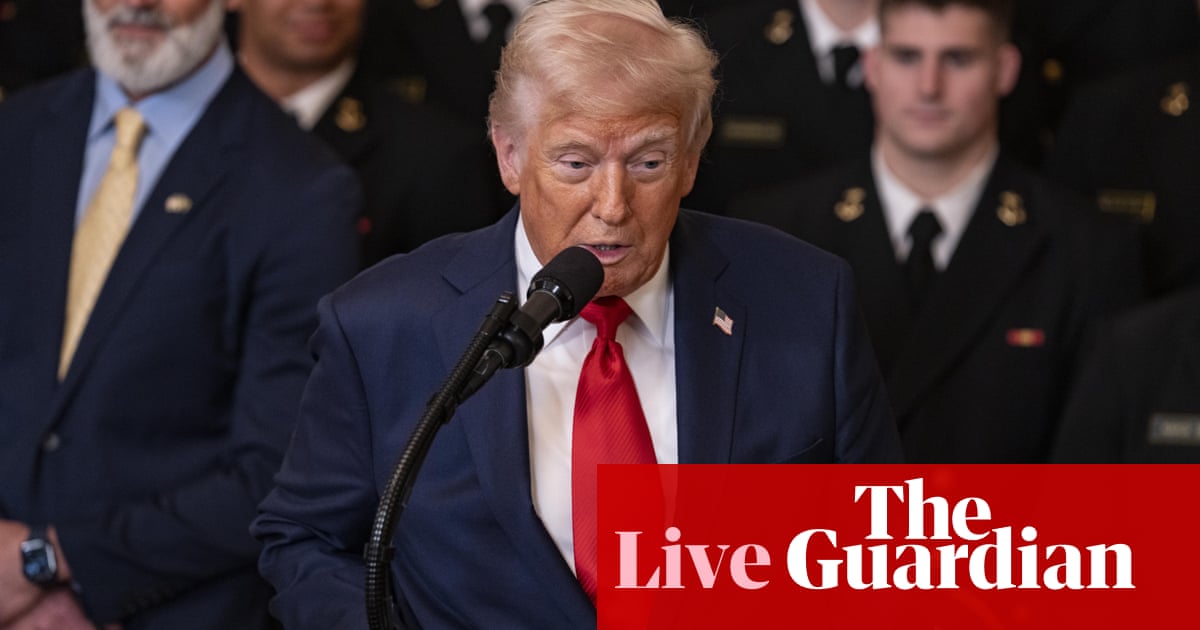
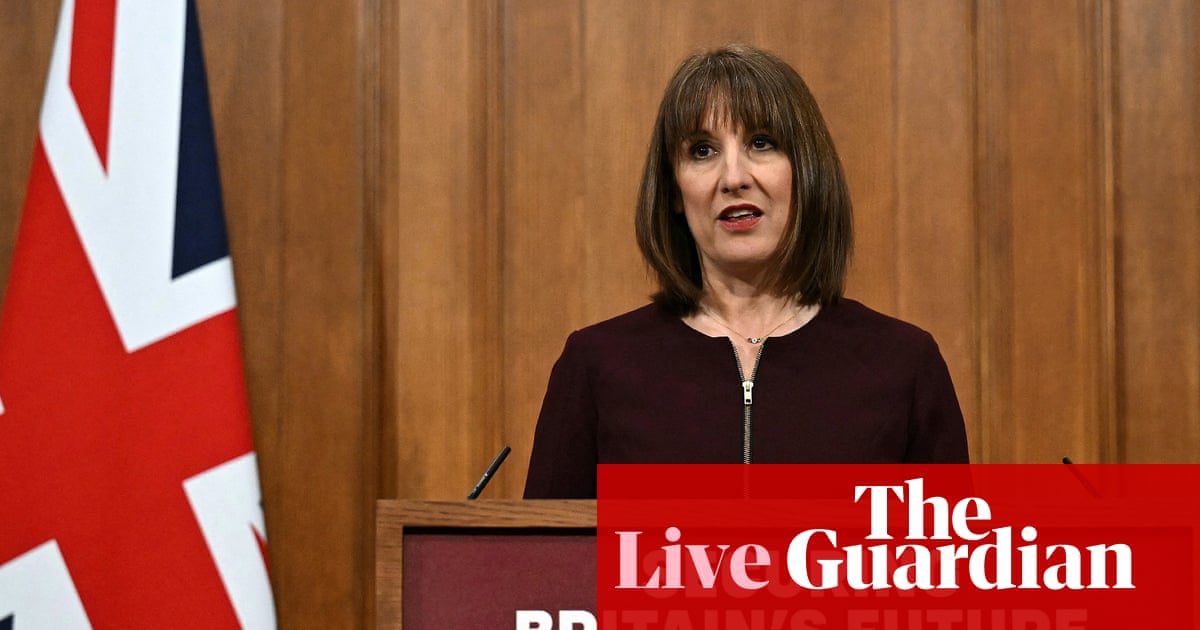
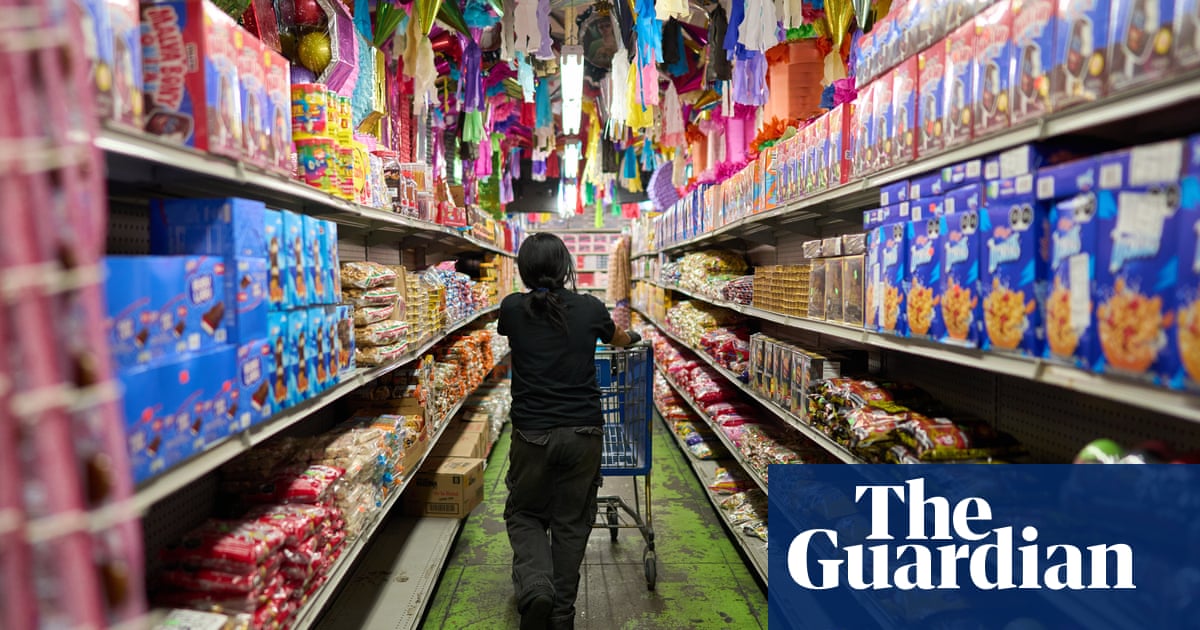

.jpg?itok=lo3o-fck&w=350&resize=350,250&ssl=1)

